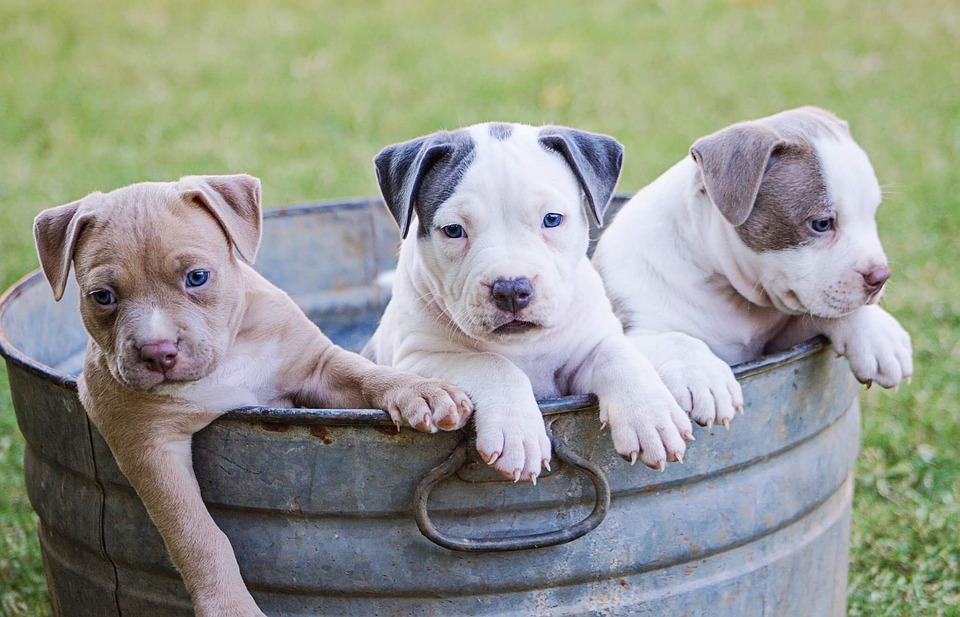Teaching your dog to wait before entering the house is an essential behavior that not only promotes good manners but also ensures safety. This simple yet effective command can prevent your furry friend from rushing indoors, potentially causing accidents or creating chaos. In this article, we will explore the benefits of teaching dogs to wait, provide step-by-step guidance on how to train them, and address frequently asked questions regarding this valuable skill.
Why Teach Dogs to Wait?
1. Safety first: By teaching your dog to wait, you establish control over their actions, especially during potentially dangerous situations such as crowded doorways or busy streets. This prevents them from bolting out the door without considering potential risks.
2. Preventing accidents: Dogs that rush indoors can easily knock over items, people, or even children. By teaching your dog to wait patiently, you minimize the risk of accidents and maintain a calm environment.
3. Reinforcing impulse control: The “wait” command enhances your dog’s impulse control and self-discipline. It teaches them to exhibit patience and self-restraint, which can positively impact their behavior in various other situations.
Step-by-Step Guide to Teach Your Dog to Wait:
1. Start with basics: Begin training your dog to wait in a quiet and distraction-free environment. Use their regular feeding time or a treat as a reward to motivate them.
2. The sit-stay foundation: Teach your dog the sit-stay command before moving on to wait. Make sure they can hold the sit-stay position reliably before proceeding.
3. Introduce the “wait” command: Stand in front of an open door or entrance while your dog is in the sit-stay position. Use a clear and firm voice command such as “wait” or “stay.” Raise your hand in a stop gesture to reinforce the command visually.
4. Gradual distance and duration: Once your dog understands the concept of waiting, gradually increase the distance between you and the door. Initially, take just a step back, then return to reward them. Over time, increase the distance and duration before releasing them.
5. Practice with distractions: Slowly introduce distractions, such as tempting toys or food, to test your dog’s ability to wait. Reinforce the command consistently, rewarding them when they successfully resist the temptation.
6. Generalize the behavior: Practice the wait command in various locations and situations to help your dog understand that it applies everywhere. Practice at different doors, gates, or even when entering the car.
7. Reinforce and reward: Always praise and reward your dog when they exhibit the desired behavior. Positive reinforcement, such as treats or verbal praise, helps solidify their understanding and motivation to wait.
Frequently Asked Questions (FAQs):
Q1: How long does it take to train a dog to wait?
A: The duration of training varies depending on the individual dog’s temperament, previous training experience, and consistency of practice. With regular training sessions, most dogs can grasp the concept within a few weeks.
Q2: My dog gets overly excited when guests arrive. How can I teach them to wait calmly?
A: If your dog struggles to remain calm when guests arrive, consider using a leash to provide control. Practice the wait command while gradually introducing distractions such as ringing the doorbell or having a friend knock on the door. Consistency and repetition are key to success.
Q3: Can I use a different command instead of “wait”?
A: It is possible to use alternative commands like “hold” or “stay,” as long as you are consistent in your choice. The key is to select a command that is clear, distinct, and easily understood by both you and your dog.
Conclusion:
Teaching your dog to wait before entering the house is a valuable skill that promotes safety, prevents accidents, and reinforces impulse control. By following a step-by-step training process and practicing consistency, you can empower your furry friend with the ability to wait patiently, ensuring a well-behaved and harmonious household. Remember, training takes time and patience, but the rewards of a well-trained dog are immeasurable.









